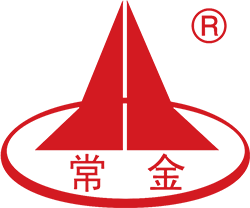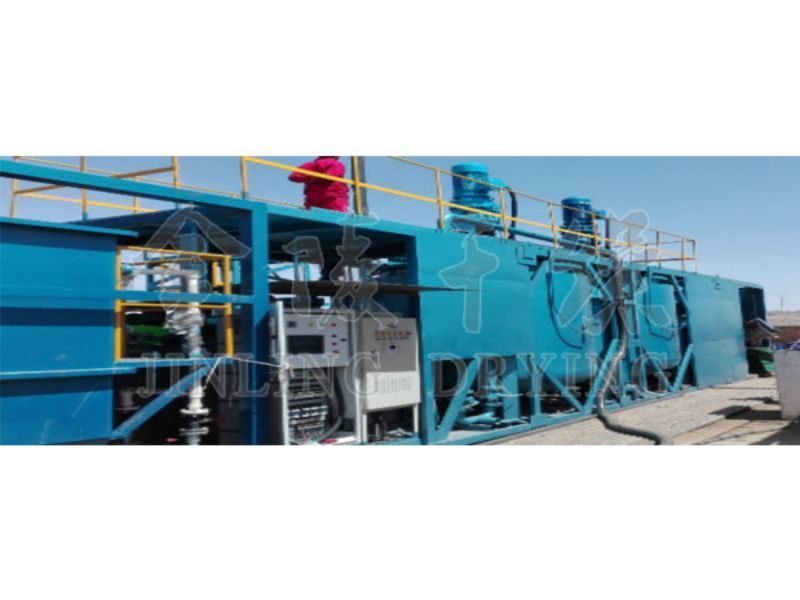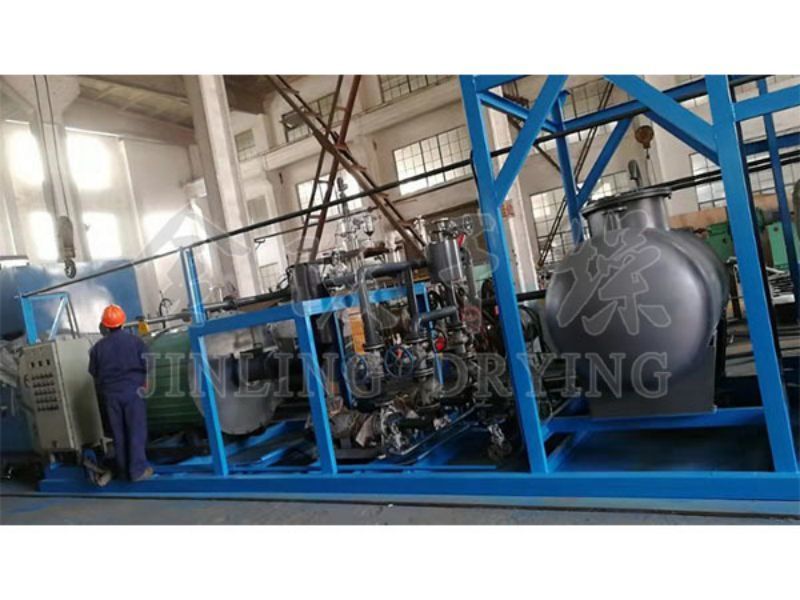Oil containing sludge separation and treatment system
Category
Enquiry
Parameter download
Oil sludge chemical conditioning three-phase separation system
Due to the adsorption of the same charge on the surface of oily sludge particles, which repel each other, and coupled with sufficient emulsification, it is extremely difficult to destabilize, making the separation of oil, water, and sludge quite challenging. Further conditioning agents need to be added to separate crude oil from solid particles, polymerize oil droplets, and allow the added chemical agents to settle with solid impurities, achieving further separation of oil, water, and slag. For different types of oily sludge, it is necessary to determine the optimized flocculant, demulsifier type, and centrifuge operating parameters. This type of treatment method has a wide range of applications in oil field landing crude oil, oil sludge at the bottom of oil fields and tanks, as well as the dewatering of gelatinous sludge (water content ≤ 15%) generated during the treatment of oily wastewater in oil fields. This technology is easy to operate, with a high recovery rate of dirty oil and a de oiling rate of over 80%.

Technical advantages
1) The operating parameters of the process equipment are fully adjustable, and the system has strong adaptability;
2) The purity of the separated and recovered products can reach over 90%;
3) The moisture content of solid slag discharged separately can be reduced to below 60%;
4) The separated water can be reused or simply treated for oilfield reinjection.
Parameters of oil sludge pretreatment (reference)
| Category | Original mud components | Processed slag phase components | Processed water phase components | Processed oil phase components |
| Excess sludge Processing parameters Exam numbers |
Oil content:~20% Moisture content:~35% Solid content:~45% |
Oil content:<5% Moisture content:~45% Solid content:~50% |
Oil content:~0.3% Moisture content:~99.2% Solid content~0 5% |
Oil content:~95.2% Moisture content:~4.4% Solid content:~0.4% |
Quenching and tempering mechanism
1. Demulsification mechanism
After the demulsifier is added, the two-phase phase interface diffuses. Because the interfacial activity of the demulsifier is higher than that of the film-forming material in the emulsion, it can be adsorbed on the phase interface, and forms a mixed film with lower strength of the original facial mask with the original film-forming material, leading to the destruction of the oil-water interface film, releasing the water in the film, and the water droplets coalesce to form large water droplets to settle to the bottom. Oil, water, and mud are separated to achieve the purpose of demulsification.
2. Flocculation mechanism
Organic flocculants, due to their long molecular chains and high relative molecular weight, allow for the desorption and demulsification of viscous adsorbents, resulting in the separation of oil from the surface of solid particles. Suitable electrolytes can increase the charge density of the system, allowing them to replace oil components and preferentially adsorb on ion surfaces, making particles more dispersed, changing the microstructure of oily sludge particles, overcoming hydration and electrostatic repulsion, and creating better conditions for oil desorption from solid particle surfaces.
3. Separation mechanism
Using a dedicated two-phase or three-phase separator, the oil sludge after chemical conditioning treatment is directly separated, and the separated crude oil and wastewater are recovered and treated. The sludge with low oil content (moisture ≤ 60%) is further processed in the subsequent system!

Related Equipment
Leave your needs behind
We will contact you within one working day. Please pay attention to your email.




